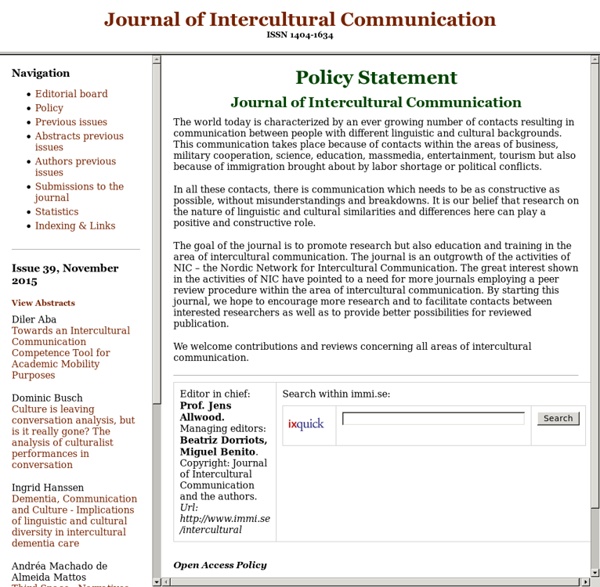



Multicultural Marketing News Write Angle Film writing Contest from B4U and Sulekha a Huge Success The "Write Angle" global contest for great movie ideas, organized by B4U and co-sponsored by MetLife, closed for submissions on March 15, 2002, as a great success attracting more than 1,800 entries. The Write Angle contest, aimed to spot originality and creativity in film writing by Indians and Indophiles worldwide, offers them an unprecedented opportunity of making a Bollywood film next year. The contest was conducted at Sulekha the biggest and most acclaimed online community for Indians worldwide, sustained solely by the creative contributions of its members. Write Angle's panel of judges and internationally acclaimed filmmakers -- Shyam Benegal, Javed Akhtar, Mahesh Bhatt, Mira Nair, Tanuja Chandra, Farook Dhondy, John Mathan, Honey Irani and Santosh Sivan -- are reviewing the entries and will, in June, announce the winning movie idea entries. Hari Srinivas, U.S.
Ivy Sea Online: What are the elements of organizational culture? Inspired Leadership and Organizational Culture Inquiring into the elements of organizational culture In a survey conducted by PricewaterhouseCoopers and The World Economic Forum, CEOs said that reshaping corporate culture and employee behavior ranked among their top priorities, along with setting the vision and strategy of the organization. Unfortunately, according to a variety of surveys - which have been somewhat consistent over the years - employees are disturbed by or don't find credible the communication coming from the executive ranks. Then why do issues of culture and communication continue to be a key stumbling block for many merged, reorganized or fast-growing companies? By answering some or all of the questions included in the full text of this article — and other questions that complete the list for your own organization — you'll begin an informal audit of your company's culture as it is in action versus the more idealistic public relations sound bites.
Home page for Esprit Global Learning: Global Leadership, Multicultural Training, Coaching, Learning Libraries & the Cultural Record, Volume 41, 2006 - Table of Contents Volume 41, Number 3, Summer 2006 Gracy, David B. Welcome to the Premier Issue of Libraries & the Cultural Record[Access article in HTML][Access article in PDF] Articles Niessen, James P., 1952- Museums, Nationality, and Public Research Libraries in Nineteenth-Century Transylvania[Access article in HTML][Access article in PDF] Subject Headings:Libraries -- Romania -- Transylvania -- History -- 19th century.Muzeul Brukenthal.Erdélyi Múzeum Egylet. Essays & Notes Chodorow, Stanley. Book Reviews Benavides, Adán, 1947- De la biblioteca particular a la biblioteca pública: libros, lectores y pensamiento bibliotecario en los orígenes de la biblioteca pública de Buenos Aires, 1779-1812 (review)[Access article in HTML][Access article in PDF] Subject Headings:Parada, Alejandro E.
Rosinski & Company